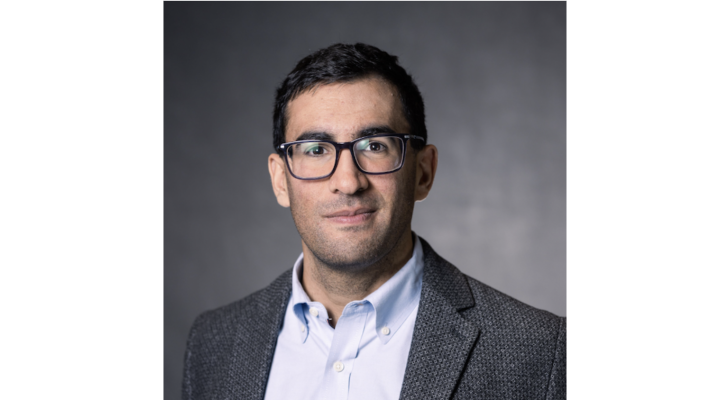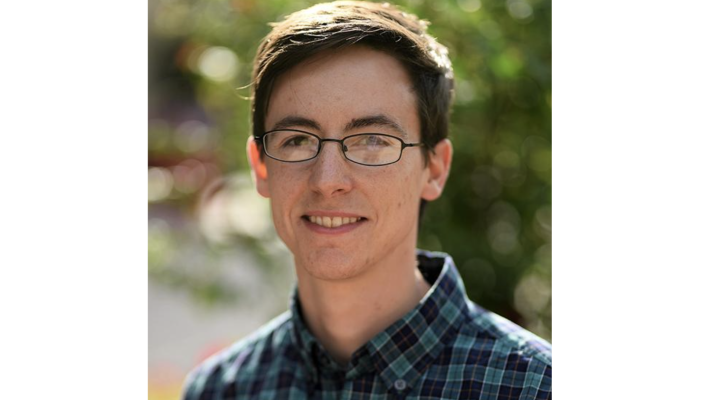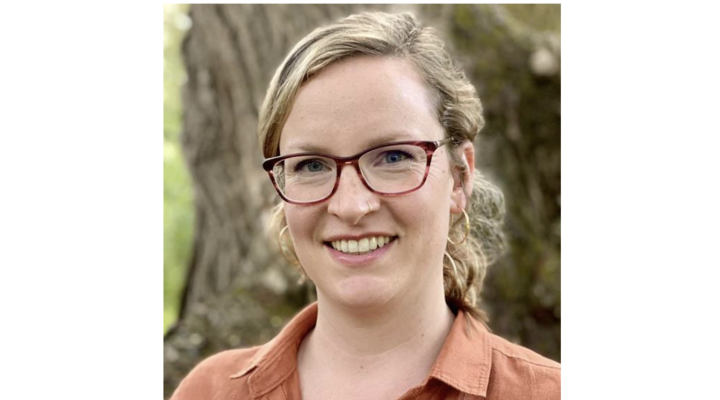Patrick Reed has made a career out of managing water resources, an interest that began with a powerful event. While getting his degree in geological engineering at the University of Missouri, Reed’s hometown, St. Louis, was hit by the ‘93 flood of the Mississippi. “Pre-Katrina it was the largest natural disaster in U.S. history,” Reed says. “So I got to see my friends and family impacted by all of that...we saw homes float down the Mississippi.”
The already enormous river swelled to 20 times its typical width. Tributaries that normally flowed into the river suddenly flowed backwards as the Mississippi waters traced their way back up the creeks. “Whole areas of St. Louis were submerged,” says Reed. “Luckily, where we lived was a high point. But it was a high point where you could see all the devastation.”
The disaster had a lasting impact on Reed. “I got to see decisions up close and personal--do you save St. Louis, and if you do, you have to sacrifice an entire smaller town,” he says. “As a college student I got to see some of the behind-the-scenes technical aspects of those decisions. It shaped me.” From then on, he became deeply interested in managing water resources, and went on to get his masters and Ph.D. on civil and environmental engineering at the University of Illinois at Urbana-Champaign.
As his career progressed, Reed began developing management tools that bridge computer science, operations research, and water resources, ultimately joining the faculty in the Department of Civil and Environmental Engineering at Penn State. There he initially focused on groundwater management and monitoring, and soon expanded his work to hydrology related to the Susquehanna River basin. He also began developing new software frameworks linking optimization, uncertainty analysis, and visualization While his focus had originated from the need to manage water systems, these tools broad applicability to any complex engineered system. “You have these very complicated design systems where it’s very difficult to understand cause and effect or their tradeoffs,” says Reed. “So my tools explain these things, to help decision making.”
Reeds software harnesses the power of Darwinian natural selection as a method of letting engineered systems “fight to survive” on a computer, determining which one is optimal. “The idea is that you simulate natural selection, it’s an effective way to go through very complicated spaces to try to get optimal tradeoffs,” he says. Reed’s technology incorporates visualizations of these potential tradeoffs; graphs of data points undulate and scatter as the algorithms work their magic, ending with a final layout displaying the tradeoff landscape, enabling a user to view the ‘what ifs’ of each decision.
These tools have proven useful to a number of industrial partners; the Aerospace Corporation has used them to design U.S. satellite constellation systems, along with a startup airline logistics company, as well as many other businesses that require methods to analyze complex engineered systems.
Reed is also applying these tools to even deeper problems—such as climate change. Currently, he’s working on a collaborative project involving more than 20 institutions examining climate risk and decision-making. “There’s well-defined uncertainty, which is, you have strong understanding of how to define it, why it’s there, how it’s distributed,” says Reed. “And then there are deep uncertainties, which, you’re not even sure what the possibility space is.” Climate change is an example of deep uncertainty, in which experts don’t know the future population distribution, or the effects of a changing climate, or what the legal or political context of a decision.
Reed will continue the work he started prior to joining Cornell Engineering’s School of Civil and Environmental Engineering, tackling the questions of how should humanity manage climate risks, along with research related to helping urban water utilities manage their water resource portfolios. He is also leading a Blue Waters project, which uses one of the largest supercomputers in the world to discover new design strategies for observing global precipitation via space. Reed also has active collaborations with institutions in Milan and London examining how best to manage water supply and reservoir operations in major river basins.
While his work has taken him around the world, including a stay on Italy’s famed Lake Como, Reed believes Ithaca is hard to beat. “I chose Cornell because of the quality of life in terms of the surrounding community and town,” he says. “That, combined with the caliber of the university and the freedoms supported in the university, you’d be hard pressed to find anything better in my book”.




